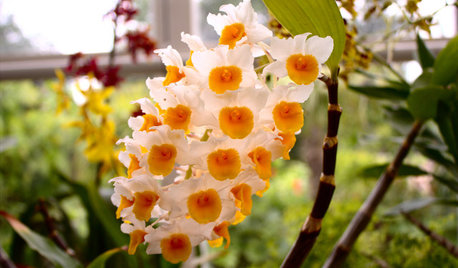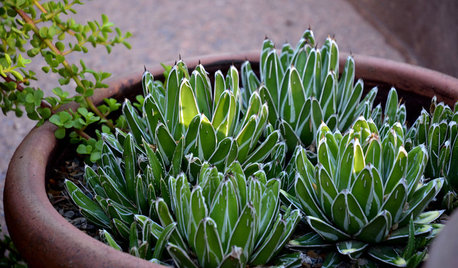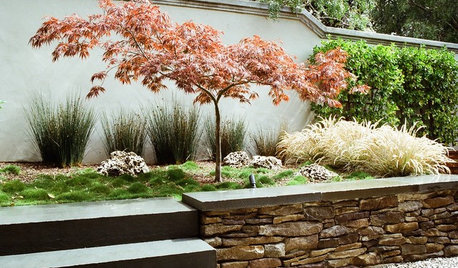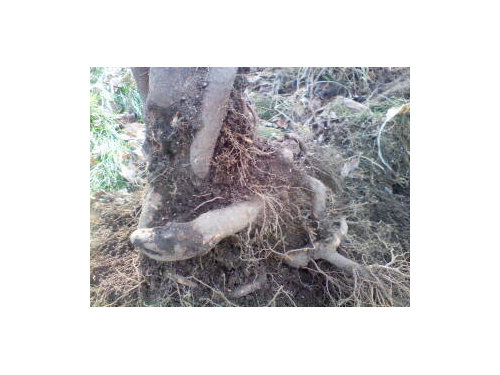Karasugawa roots, or how not to repot
CEFreeman
11 years ago
Related Stories

ARTThe Beauty of Bonsai — Living Art, Rooted in Harmony
Create your own emblem of nature's balance with an art form dating back 1,000 years
Full Story
HOUSEPLANTSMother-in-Law's Tongue: Surprisingly Easy to Please
This low-maintenance, high-impact houseplant fits in with any design and can clear the air, too
Full Story
HOUSEPLANTSSee How Fiddleleaf Fig Trees Can Liven Up Your Decor
The tropical houseplant with big green leaves adds a cheerful and striking design element to rooms
Full Story
HOUSEPLANTS8 Essentials for Healthy Indoor Plants
Houseplants add so much to our homes — and can thrive when grown in the right conditions. Keep these tips in mind
Full Story
GARDENING GUIDESHerb Garden Essentials: Grow Your Own Delicious Mint
Pull out a pot for this one. Mint's spreading habit and hard-to-kill nature can be a blessing — if you're properly prepared
Full Story
GARDENING GUIDESGarden Myths to Debunk as You Dig This Fall and Rest Over Winter
Termites hate wood mulch, don’t amend soil for trees, avoid gravel in planters — and more nuggets of garden wisdom
Full Story
EDIBLE GARDENSSummer Crops: How to Grow Tomatoes
Plant tomato seedlings in spring for one of the best tastes of summer, fresh from your backyard
Full Story
HOUSEPLANTSOrchids 101: Try Something Different With Dendrobiums
If you’re looking for something out of the ordinary, these orchids may be a good choice
Full Story
GARDENING GUIDES10 Small-Scale Agaves Just Right for Containers
Use these little living sculptures to enhance your outdoor spaces, from alfresco dining tables to urban courtyards
Full Story
GARDENING AND LANDSCAPINGGreat Design Tree: Japanese Maple
Lacy form and fiery fall color make Japanese maple a welcome tree for garden or patio
Full StorySponsored
More Discussions







Embothrium
CEFreemanOriginal Author
Related Professionals
Derry Landscape Architects & Landscape Designers · Manchester Landscape Contractors · Bedford Heights Landscape Contractors · Nanuet Landscape Contractors · Royal Oak Landscape Contractors · San Bruno Landscape Contractors · Tavares Landscape Contractors · Wallingford Landscape Contractors · Whitehall Landscape Contractors · Hawaiian Gardens Landscape Contractors · Coral Gables Fence Contractors · Goose Creek Fence Contractors · Holbrook Fence Contractors · Saint Louis Park Fence Contractors · Silver Spring Fence ContractorsCEFreemanOriginal Author
xman
CEFreemanOriginal Author
CEFreemanOriginal Author
xman
xman
CEFreemanOriginal Author